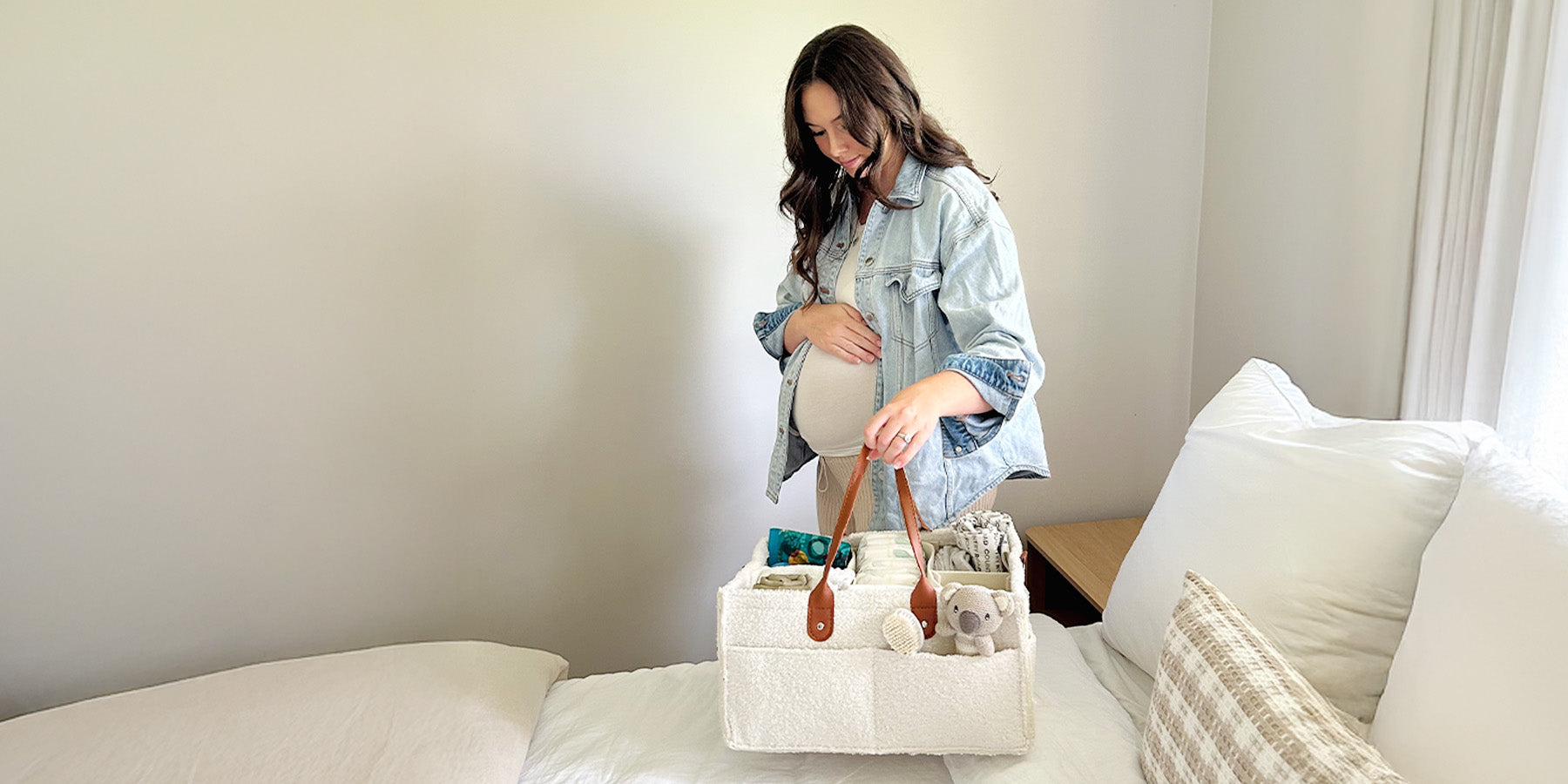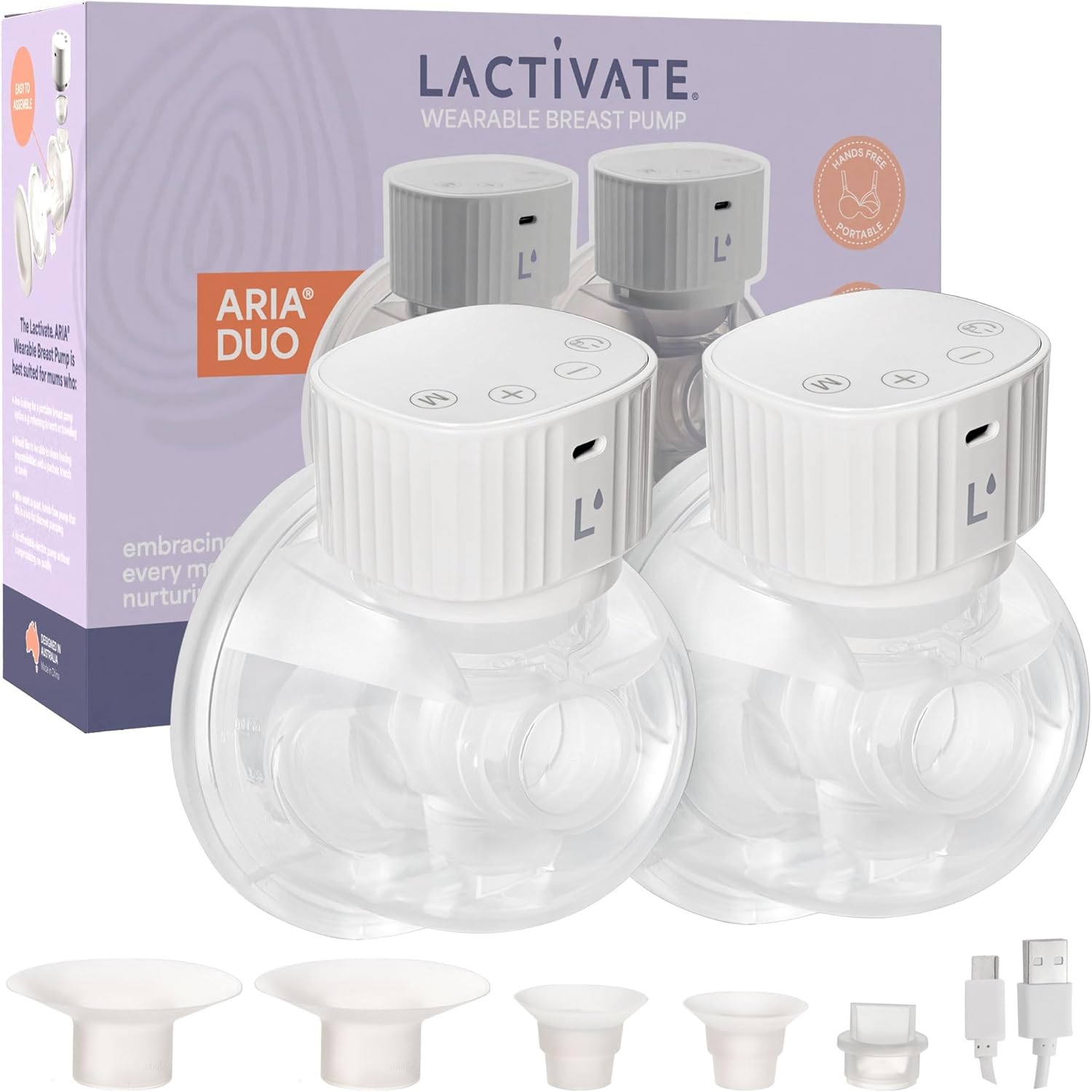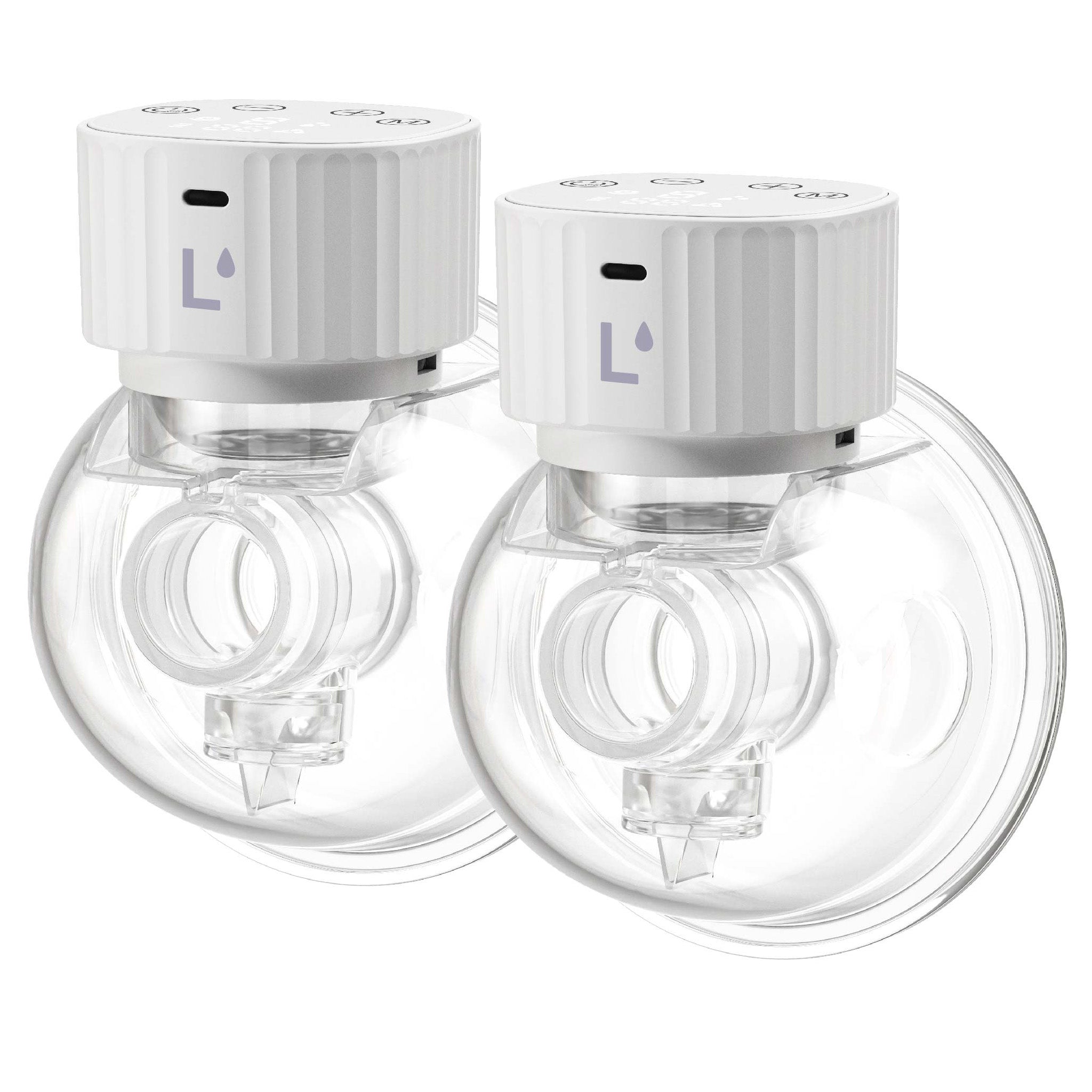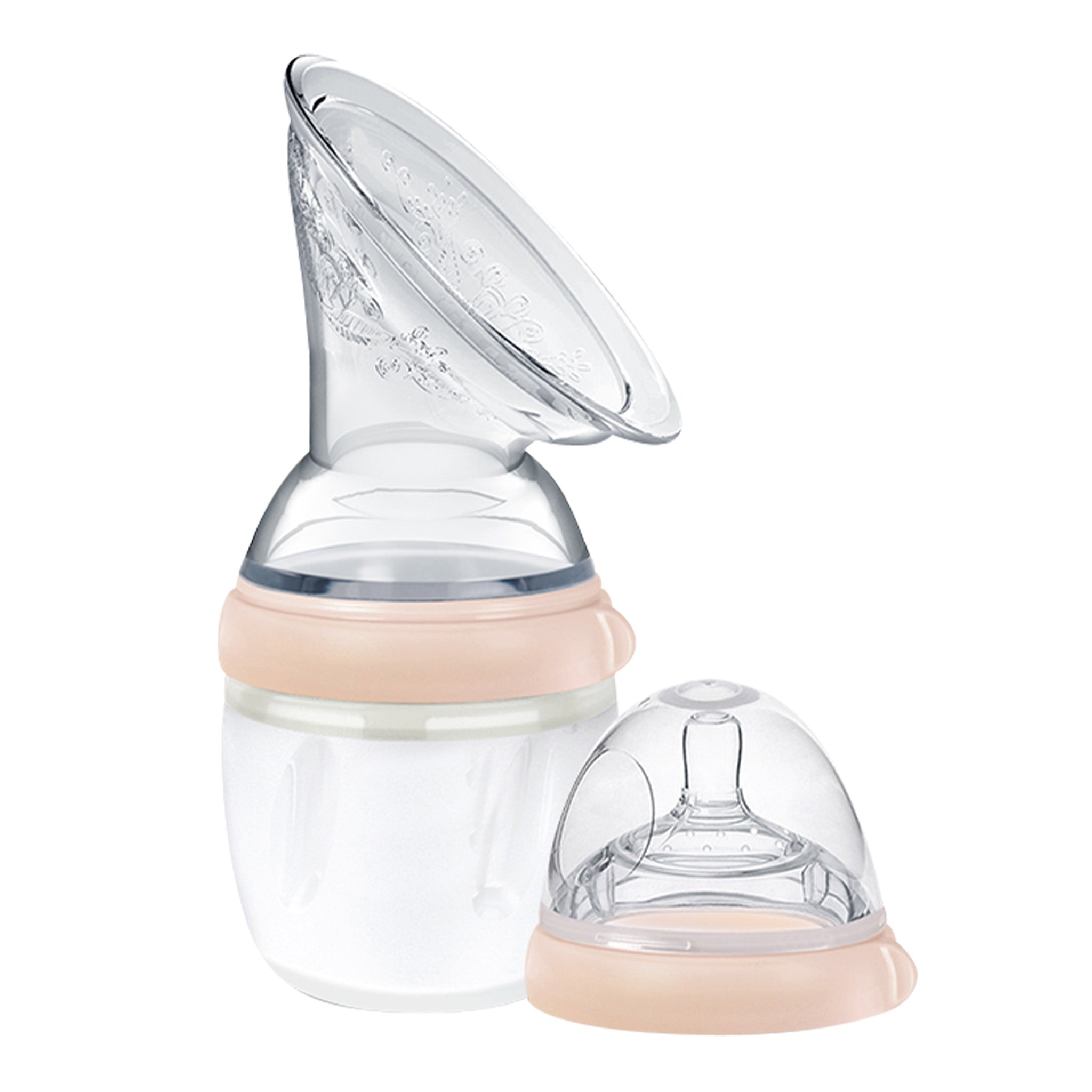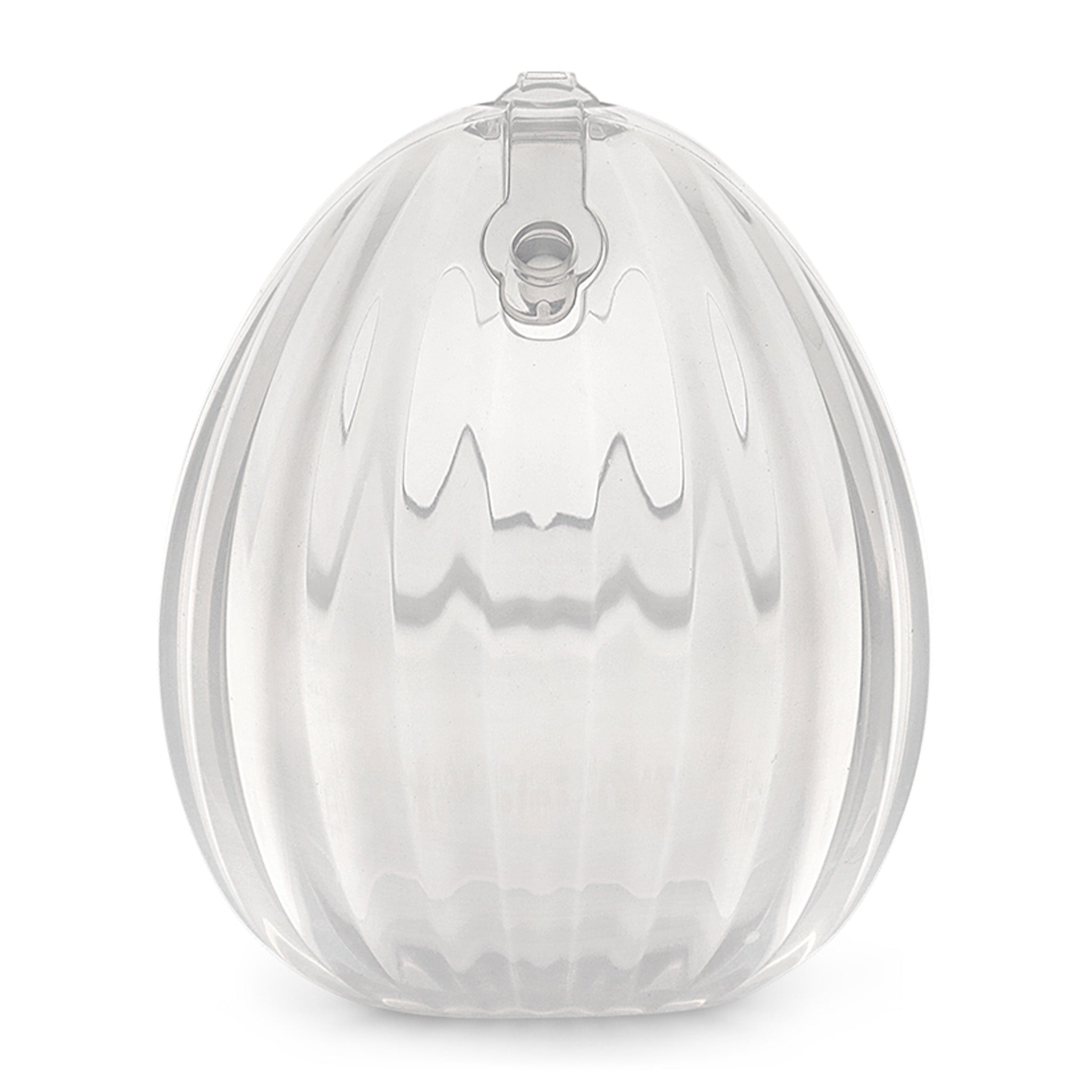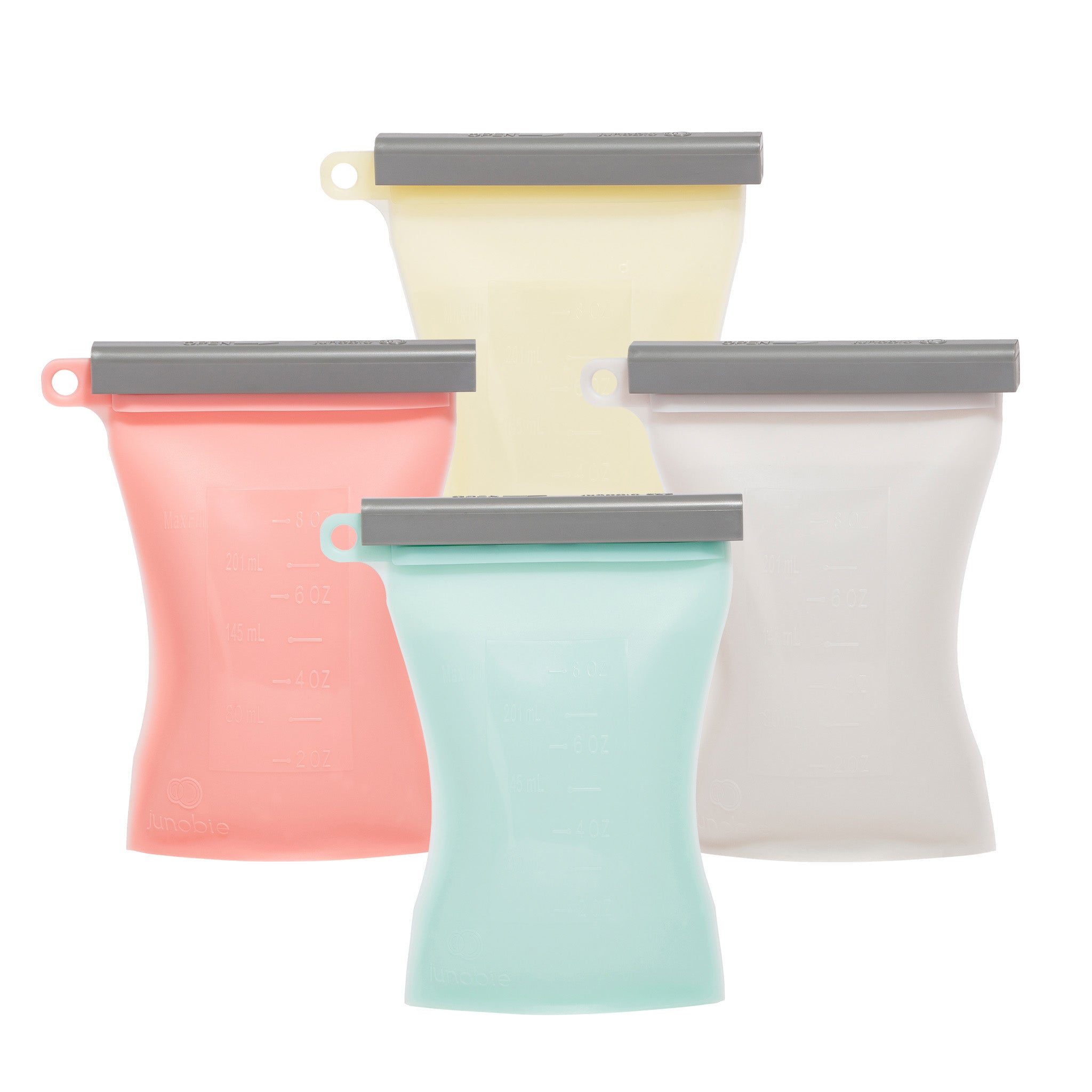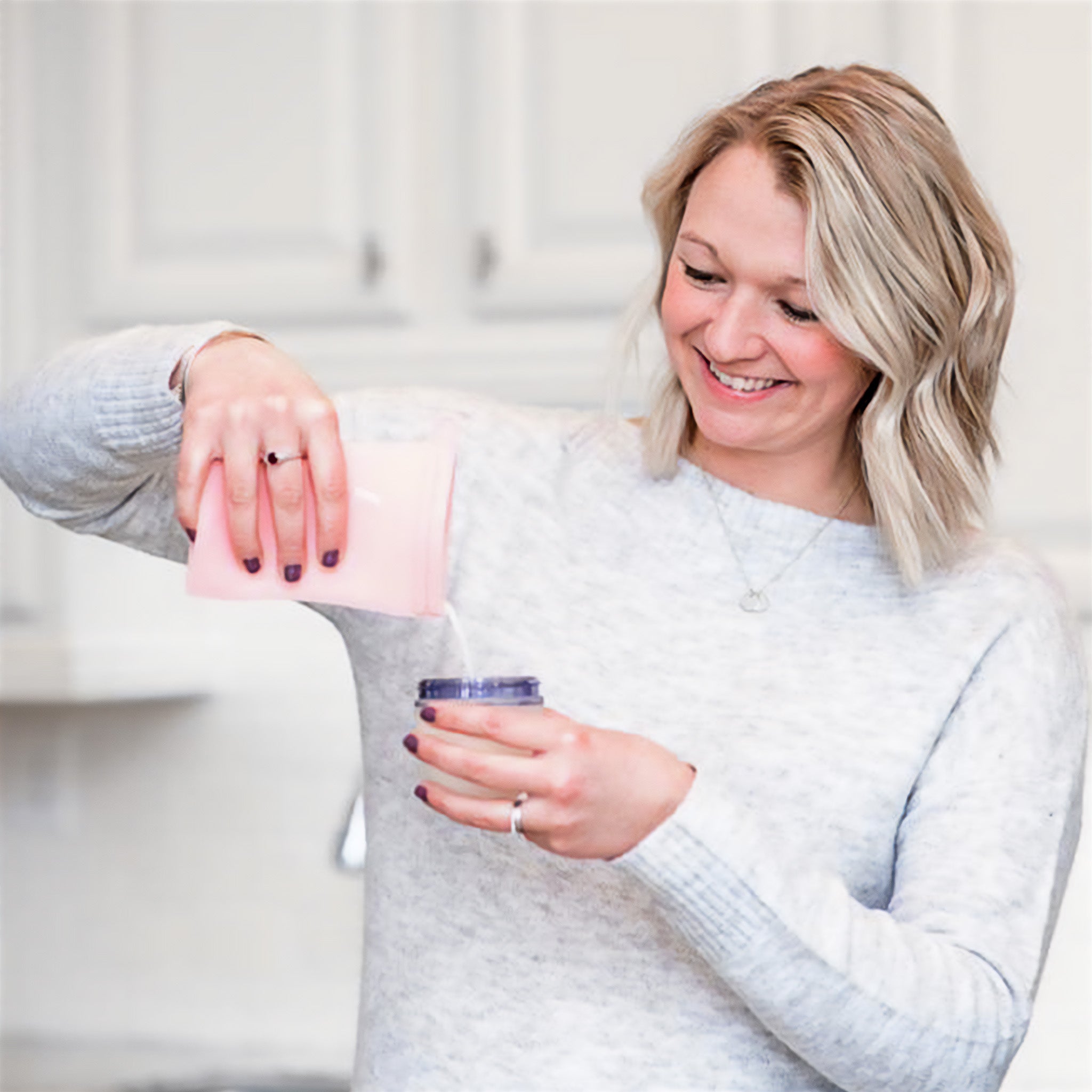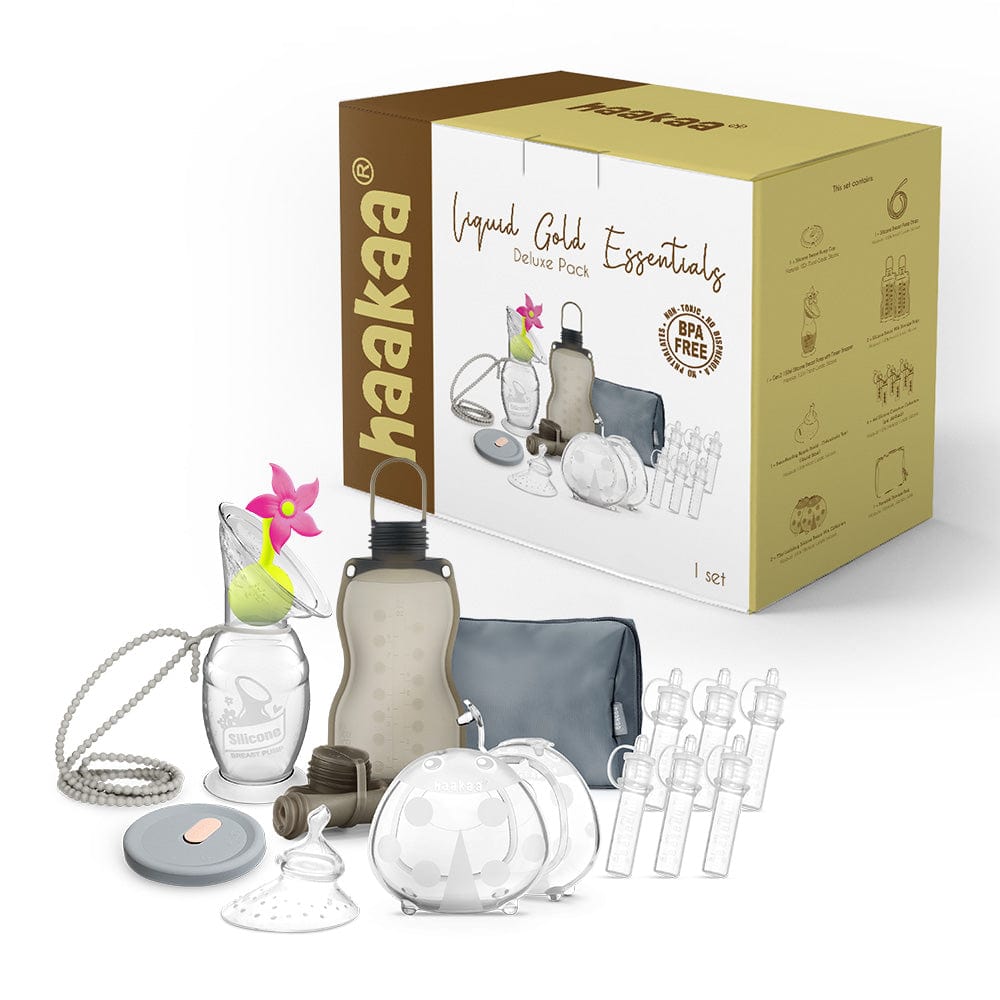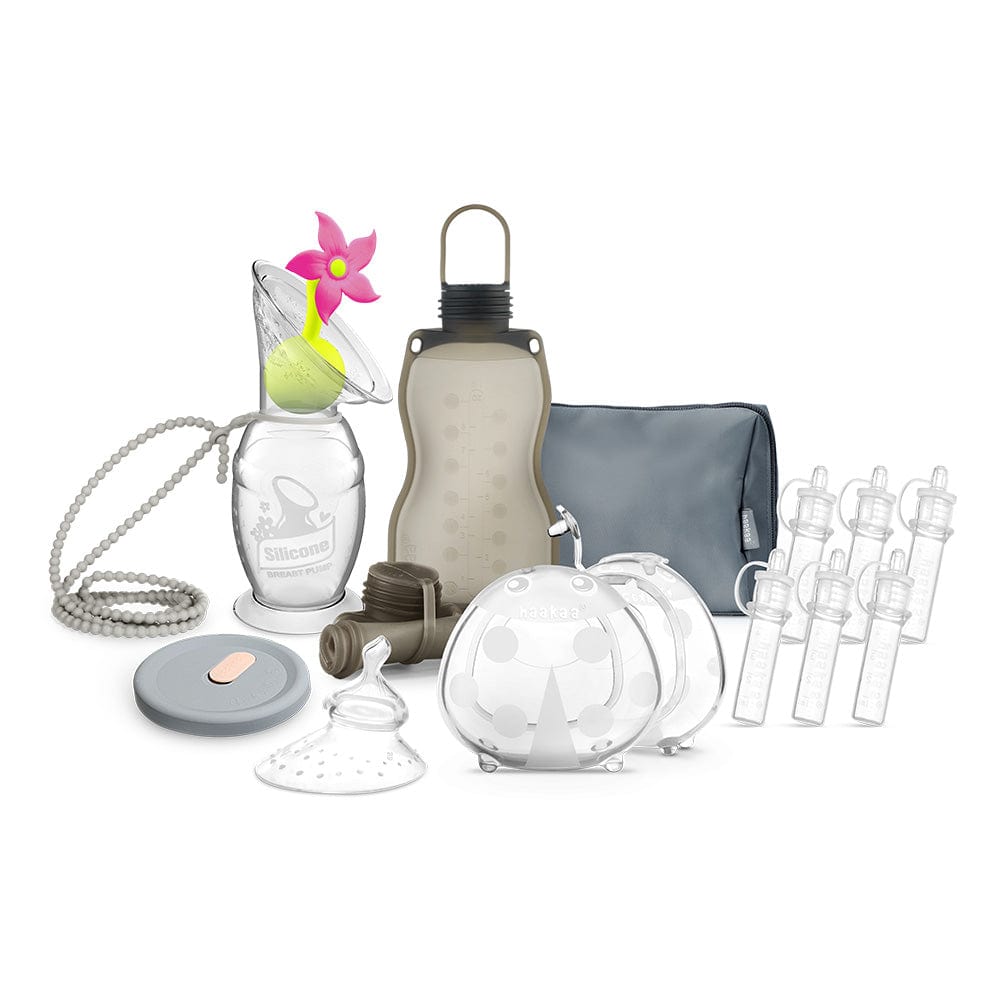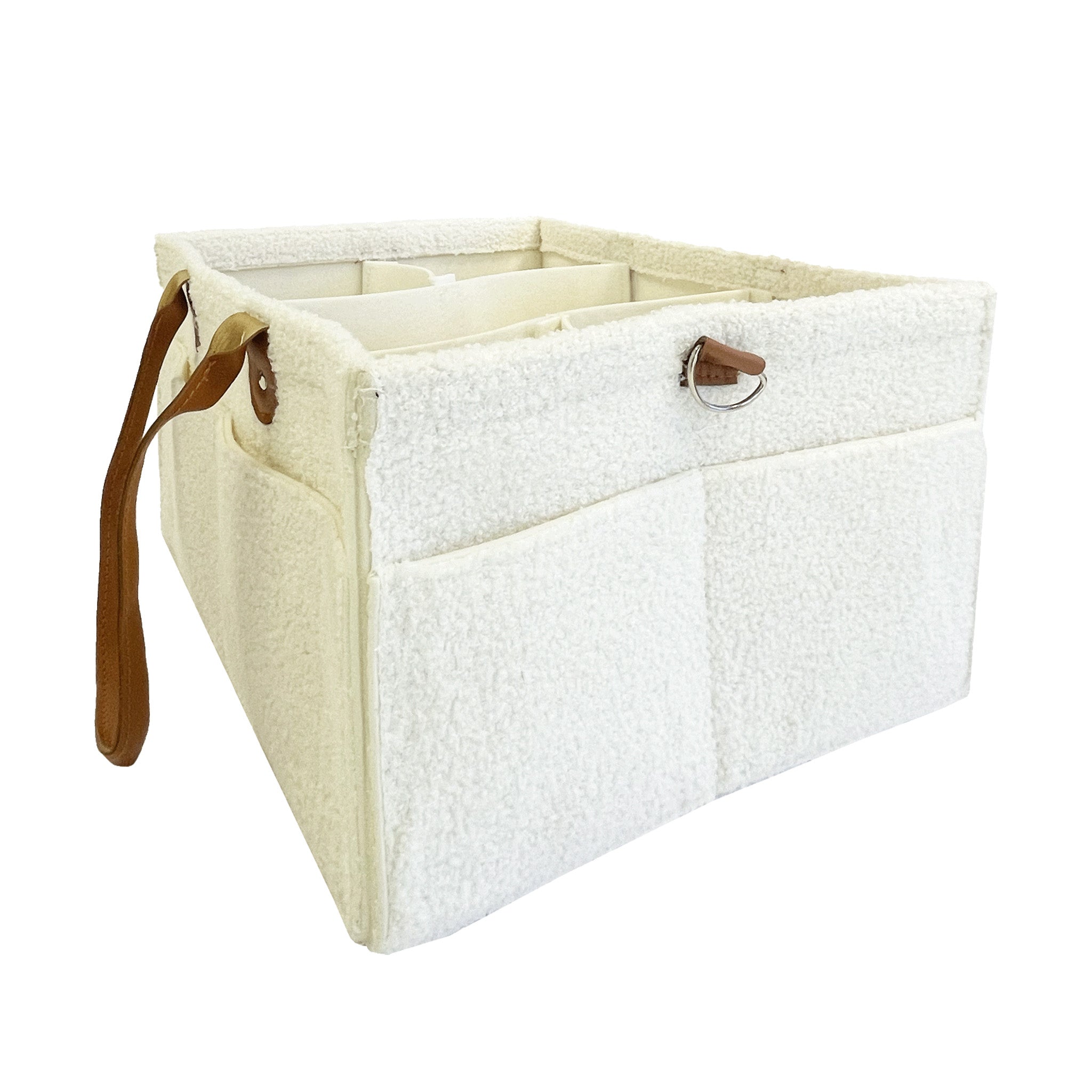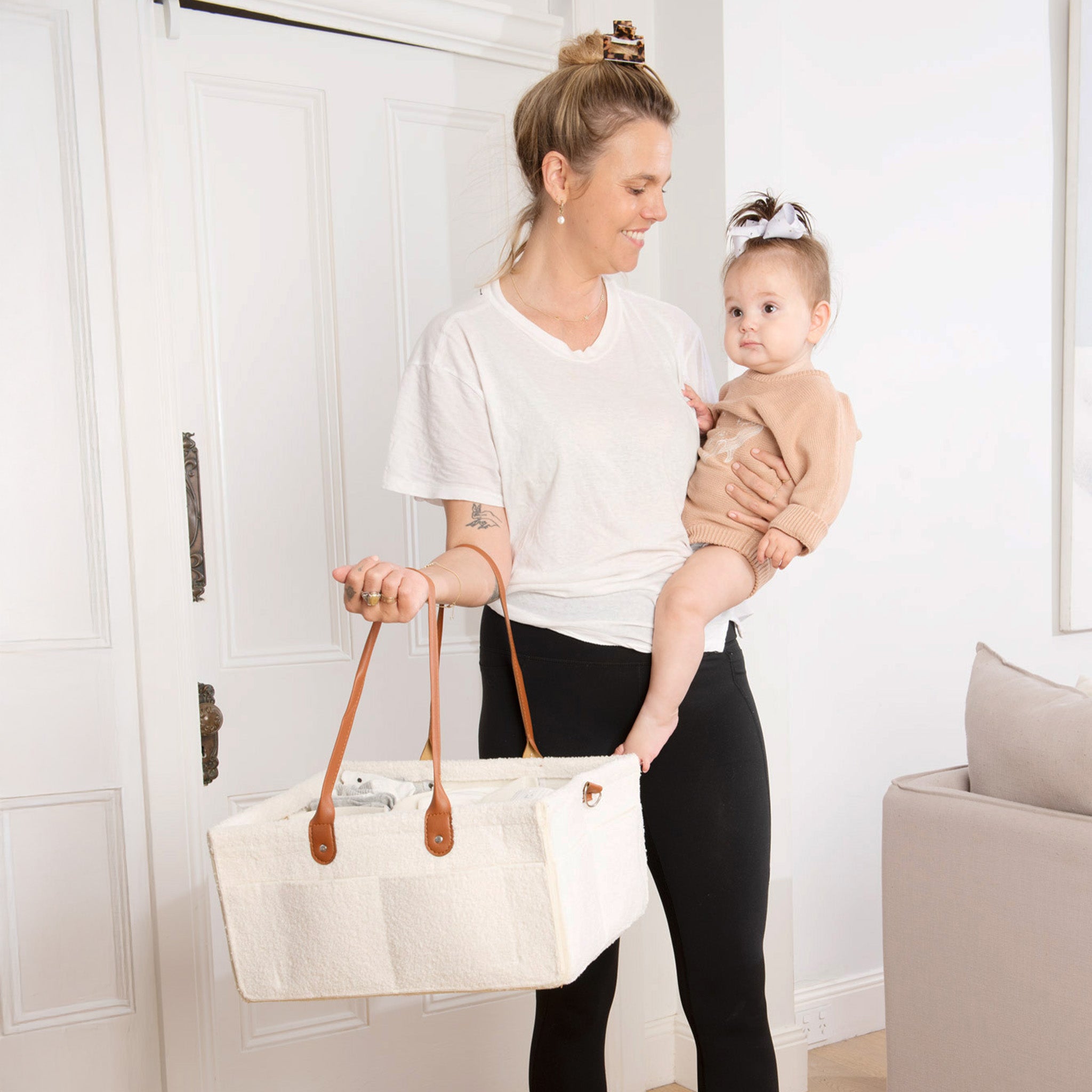You've started to get a handle on #newmumlife and you've decided to dip your toe back into the world of exercise. HOORAY! Returning to exercise after pregnancy and birth is fantastic for both your physical and mental health as a new mama but it's important that you do it in the right way.
Both pregnancy and birth put a huge amount of strain on your body. Muscles and ligaments get moved around, certain parts stretch (and stretch again). Even after birth is done and dusted and you're holding your baby in your arms instead of inside your belly, you'll still be recovering from the previous nine months of change. "New mums should be really careful when returning to exercise after having a baby", says Magdalena Hawley, founder and head trainer at Mums Going Strong Fitness, a boutique group and personal training company specialising in core and pelvic floor recovery. "It is very important that their pelvic floor and abdominal muscles have regained sufficient strength before they recommence sports like aerobics, running or heavy lifting (and it doesn’t matter if you had a baby 6 weeks ago, 6 months ago or 6 years ago)."
We spoke to Magdalena about the best way to return to exercise in a fun, sustainable and, most importantly, safe way.
Start with gentle movement
Regardless of whether you were super fit pre-pregnancy or not, it's important to be gentle with yourself as you return to activity. "Exercising after childbirth is not only about fat loss or about trying to get your pre-baby body back," says Magdalena, "it is also about restoring your physiological functions." While pregnancy and birth will have impacted your body in a whole range of different ways, new motherhood will also be adding to the strain. "Pregnancy and “mum lifestyle” can really put your body out of alignment and create muscle imbalances," says Magdalena. "You can start stretching as soon as you feel ready, do it on the floor when your bub is playing, or use a doorway to stretch your chest or even use your bubs cot for some back stretches."
Experts recommend waiting till you've been given the all clear by your Doctor and/or Women's Physio before attempting any form of vigorous exercise but before that time (and after!), Magdalena recommends incorporating some floor-based exercises into your daily routine. "There are many floor-based exercises, which focus on the core, pelvic floor and glutes like glute bridges, clams, donkey kicks, bird dog or single leg lifts etc. Even just focusing on your breathing, engaging and relaxing the pelvic floor with the breath is a great start."
Magdalena also recommends adding in gentle walking when you feel ready. "The very important word here is ‘short’ and by this, I mean under 15min," she says. "You can increase that time slowly but try to avoid spending extended periods on your feet early post-birth as that can put pressure on your weakened pelvic floor."
Protect your pelvic floor
If there is one area of your body that really feels the pressure during pregnancy and birth, it's your pelvic floor. "It is very important that your pelvic floor and abdominal muscles have regained sufficient strength before recommencing activity like aerobics, running or heavy lifting," says Magdalena. "Participating in these or other high-impact activities too early may reduce pelvic floor muscle strength and cause long-term bladder and bowel problems or pelvic organ prolapse." Magdalena always recommends that postnatal women see a Women's Physio before returning to exercise for a full assessment of both their pelvic floor and abdominals. They can then advise if your body is ready to return to physically demanding workouts or if you need more time to recover.
Watch for warning signs
While the 6 week check up and clearance is an important box to tick in returning to exercise, it's equally important that new mums realise that regaining strength takes time." What new mums need to realise is that the 6 week clearance is not a clearance to go back to the exercises they were doing before pregnancy," says Magdalena. "It’s a clearance to start their return to exercise which needs to happen gradually."
Even if you were super fit before pregnancy, you can't just jump straight back into what you were doing nine months ago. "There is a misconception that if you were fit before being pregnant (and you kept up with your fitness program during pregnancy) you can just go back to what you were doing before which is incorrect," says Magdalena. "I feel that those who were really fit before getting pregnant are actually at higher risk of getting injured as they are more likely to push themselves harder before their body is ready."
Magdalena says that there are a number of warning signs to watch out for as a new mama that can hint at the need for consultation with an expert or as a 'slow down' sign:
- Leaking – there is a common misconception that leaking is normal, which is not the truth. Leaking is a sign that your pelvic floor needs work or that you might have pelvic floor issues. If you leak during exercise or when you sneeze or cough or if you need to go to the toilet before, during and after your workout please go see a women’s health physio.
- Heaviness in your pelvic floor - if you feel any heavy sensation or pressure in your pelvic floor at the end of the day or after being on your legs for an extended period or after exercise this could be sign of pelvic organ prolapse. Prolapse occurs when the muscles, fascia and ligaments holding your pelvic organs (bladder, uterus and bowel) are weakened and stretched, which allows the pelvic organs to drop. If you experience any of these symptoms, please see a women’s health physio.
- Bulging tummy - if you can see your tummy bulging during any exercises (not only core/abdominal exercise) or when you get up from bed it means that you probably have an abdominal separation and those exercises are a bit too much for you at the moment. If you can see the bulge when you get up from bed, make sure you roll to the side first.
While every individual’s postnatal journey is different, what may be safe for one person might not be for another. There are however some general guidelines of what exercises to avoid for at least the first 3 months, including, high impact exercises (i.e. running or jumping), crunches, planks, push-ups and heavy lifting.
C-Section mamas
When it comes to C-sections, it's important to understand that it is a major operation. As with any surgery, your body will need time to repair and heal and it is important not to rush the process. Magdalena advises taking a gentle approach to returning to exercise, post c-section. "Start with your core, pelvic floor and breathing exercises and avoid things like high impact exercises, heavy lifting, crunches, planks or anything putting too much pressure on your pelvic floor and the abdominal wall," she says.
Scar management is an often neglected but super important aspect of c-section recovery as well. "One thing I would recommend to do, which not many doctors tell mums, is to massage the c-section scar," says Magdalena. "This will help to prevent adhesions." Mums can start gentle massages as soon as the scar is no longer open and considered well healed. If you are unsure how to massage the scar, a women’s health physio will be able to show you how to do it.
You can find Magdalena and Mum's Going Strong HERE , on Instagram or on Facebook
For more health and fitness resources, click here


